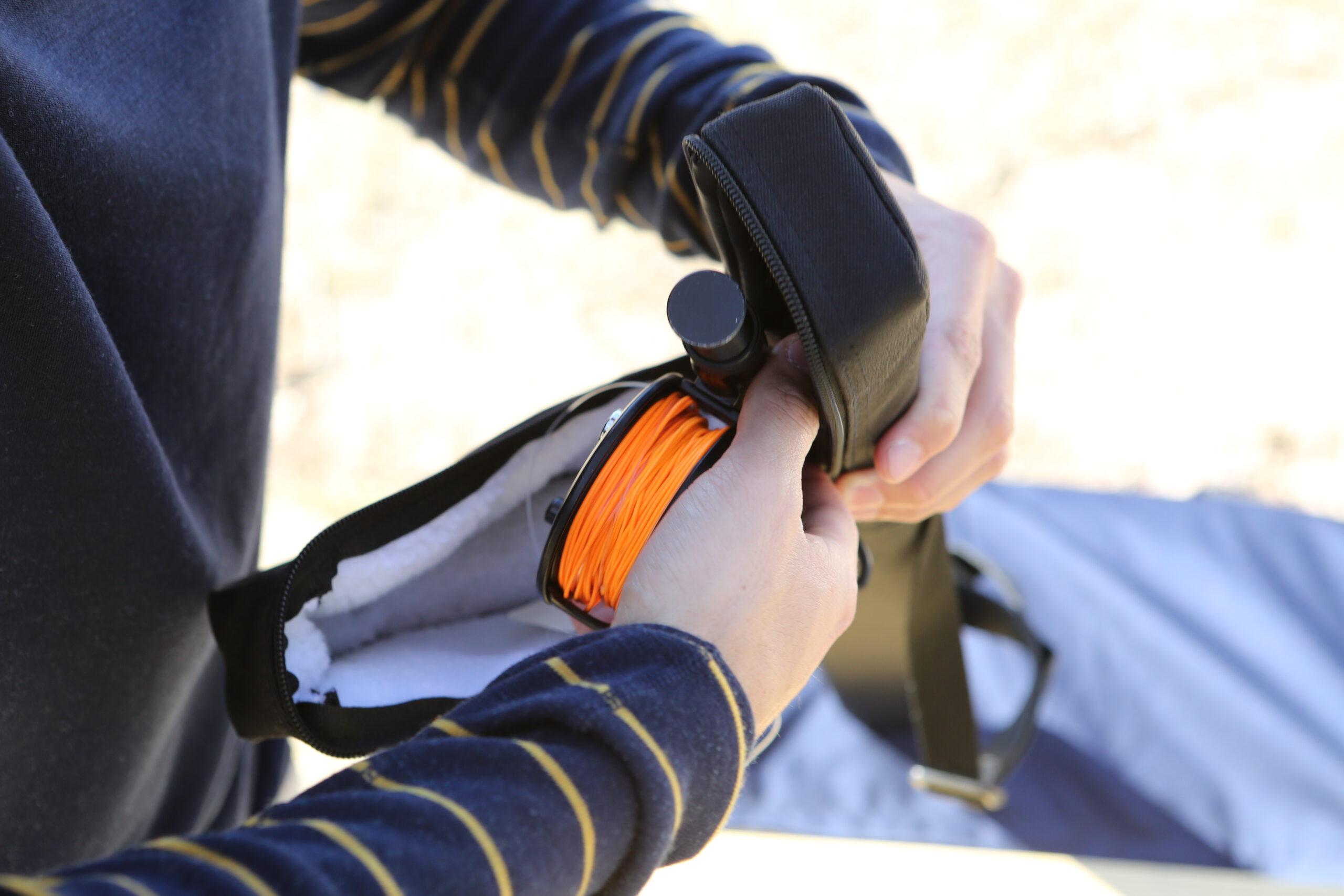
What you pay for when you spend more than $300.00 for a fly rod (and potentially up to more than $3,000!) is not readily apparent to everyone. Is it just “branding” or is there really a performance difference as the price increases? And, are they worth the extra dollars? Because only you understand your own priority structure, we can only tell you what you will get when you spend more for higher priced fly rods.
First, our entry level rods at $150.00 to $200.00 from Scott, St.Croix, Sage and Redington are far better rods, inflation adjusted, than entry level rods have ever been. They are made of high performance materials, are well designed, and cast far better than their predecessors. In fact, some of these really approach the performance of many upper end rods of only a generation ago. All of these have good warranties and fish well enough for you to be really effective. We offer them with no apology, and in fact anticipate very high satisfaction from you.
The more expensive rods, like all more expensive performance products, give the user increases in all the characteristics that enhance the use of the rod; light weight, durability, balance, smoothness of casting stroke, uniformity of flex to enhance accuracy, vibration dampening for distance and accuracy, and designs that only very tight, quality manufacturing control can fully utilize. And, like most performance items, the last scintilla of perfection costs much more than the 85th percentile of performance perfection. Think high performance sports cars, sound systems and musical instruments for similarities.
We won’t look down our noses if you stick with lower priced rods, or poo-poo the competition. If you don’t know much, we’ll be happy to help you learn. If you are an expert, we will both probably learn something. We love to fish, love to experiment with performance enhancing gear, and love to mix it up with those of you who share our passions. One thing we would like to share with all of you, is a bit of insight into high end fly rods.
One example of the care that goes into an expensive rod is the wrapping of the power material around the mandrel during manufacture of a typical, hollow built fly rod. First, the resin used to hold the whole thing together through millions of casts and thousands of fish is highly UV resistant, extremely strong, and is present in only the amount needed to hold the fibers of glass or graphite together. This insures that the rod weighs as little as possible, and the designed action is not dampened by extra, non-power producing weight. Second, the pre-impregnated ribbons of longitudinal power fibers need to be carefully cut so that there is the exact same amount of power fibers all 360 degrees around the shaft. If there is overlap or under lap, the rod will not cast straight. Nor will it cast straight if the seam spirals around the shaft. “Rolling” the blank is an experts job. Oven time and temperature to catalyze and then cure the resin in the blank needs to be precise or the result is a weak rod. Finally, the sanding of the rough areas left by removal of the shrink wrap that held the ribbon of power fibers in place needs to be done so as not to leave excess resin in various places on the blank yet not cut into the power fibers as either would result in an inaccurate rod. Then the rod needs to be placed on a deflection grid with various loads to insure that the rod flexes as designed; those that don’t pass are destroyed.
Lots of these steps could be slighted in the interest of expense and you could only tell the difference by casting and fishing that rod beside one where performance ruled during manufacture. The better rods become a part of you as you fish; think the fly into a seam in the current 30’feet away, mend the line up that pesky fast water half way to the fly, set the hook on a subtle take and protect the tippet during the fight. Great rods allow you to get beyond the mechanics and into the fishing! And they last a lifetime as every high quality rod is trimmed out with the very best guides, thread, high grade cork, and trouble free reel seats.
Stop by the store, and try one of these premium rods out in the parking lot. Cast close, medium and to your limit. Aim at specks in the pavement, cast under loading docks, and around the ends of the dumpster. Roll cast, tighten and widen the loop, use side arm, overhead, steeple and curve casts. Play with how little energy it takes to cast, and imagine what such a tool will do for your day fishing. The parking lot is fun for both you and us, but we promise, the best comes on the water when you actually fish these rods.
Tom Valone, Founder
